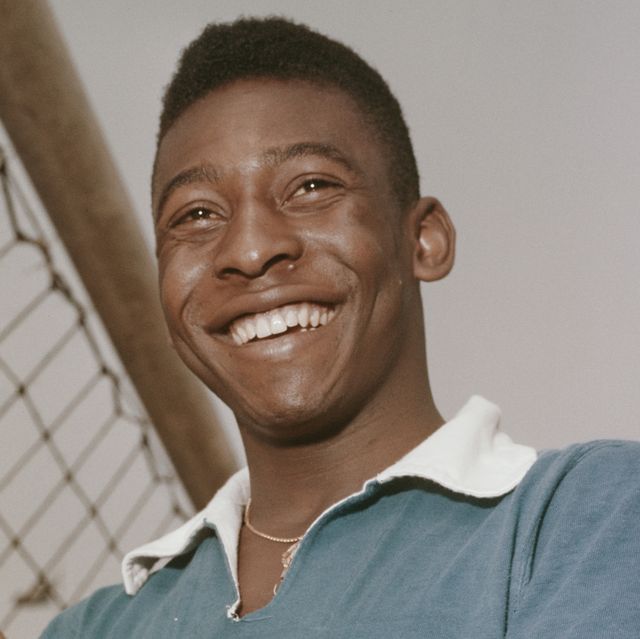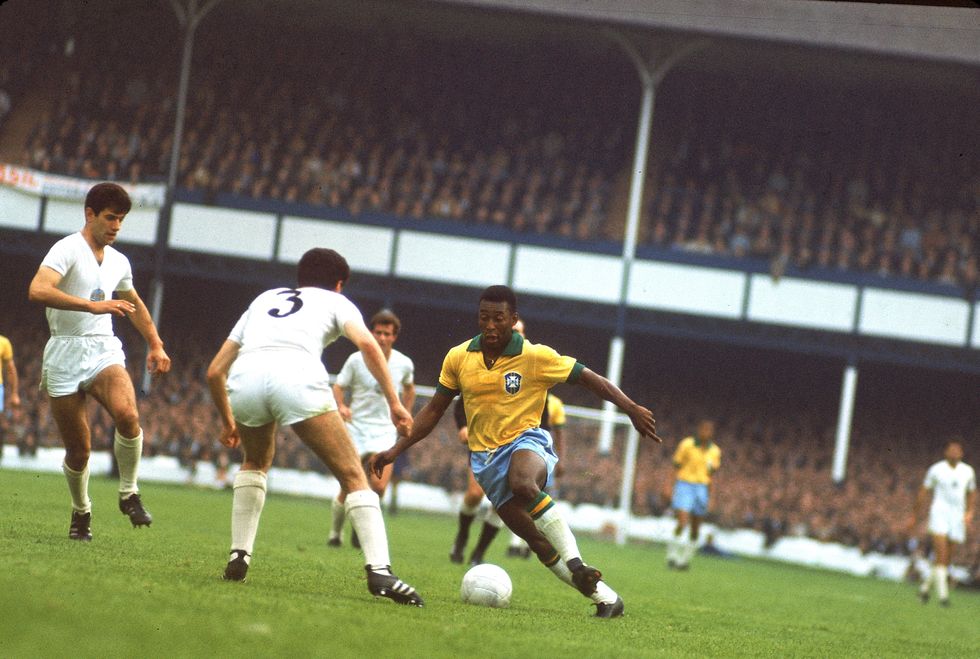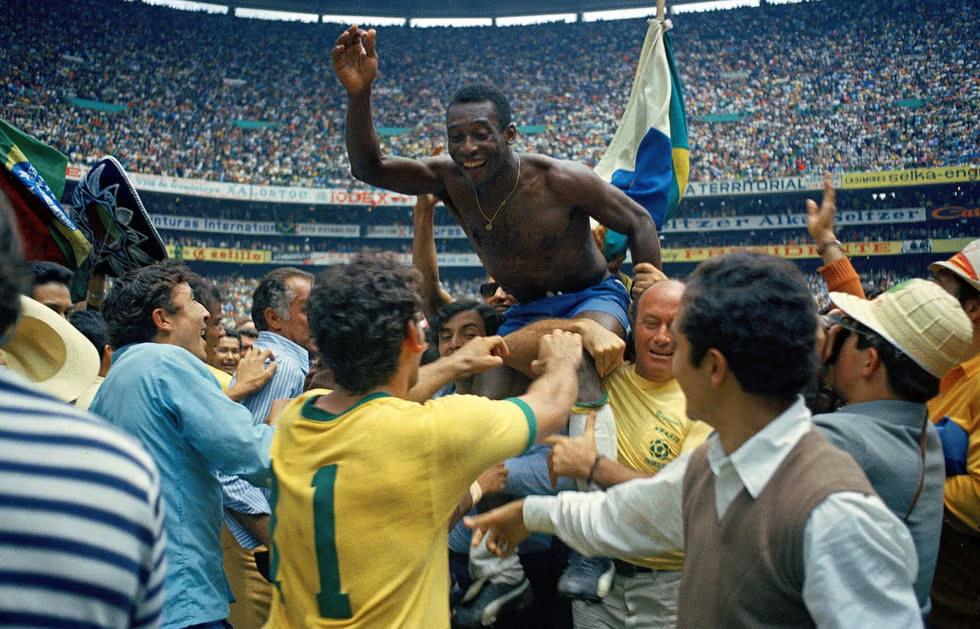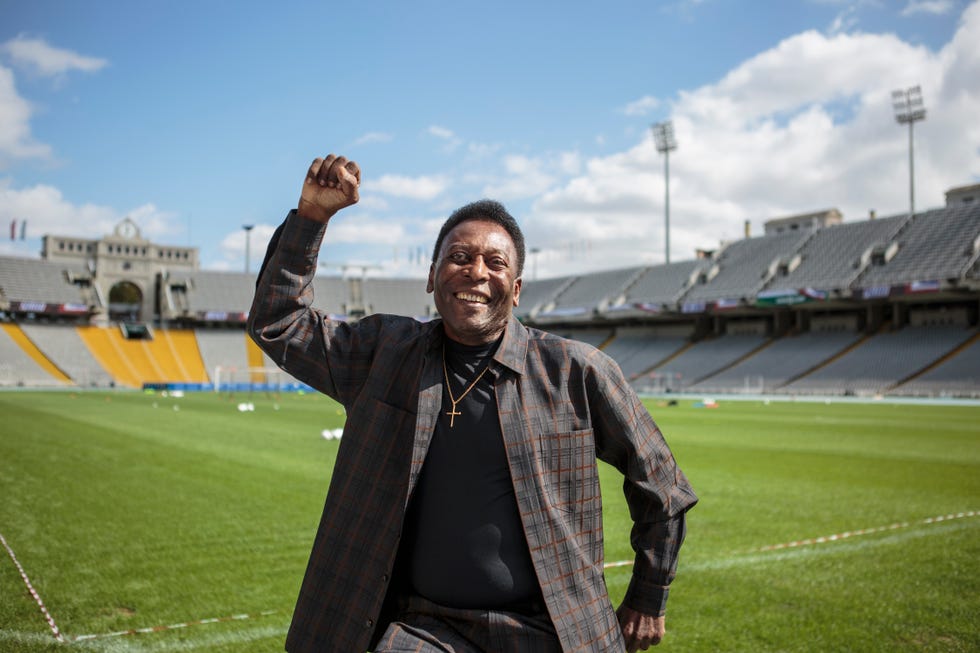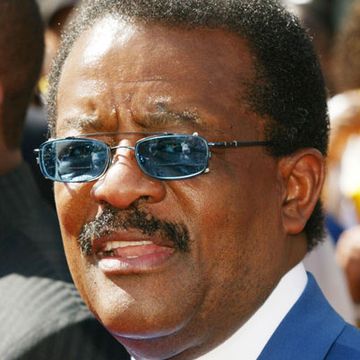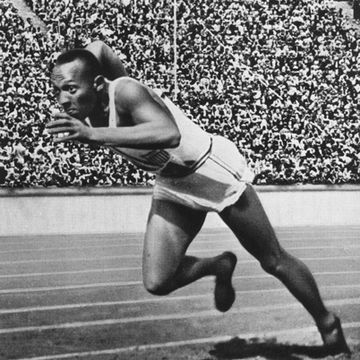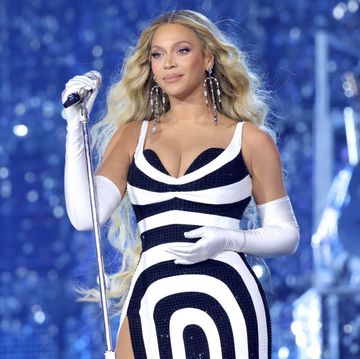After Brazil lost the 1950 World Cup final to Uruguay, a 9 or 10-year-old Edson Arantes do Nascimento, now better known as Pelé, made a promise to his devastated father. “I remember jokingly saying to him: ‘Don’t cry, dad — I’ll win the World Cup for you,” Pelé recalled to FIFA.com in 2014. Eight years in 1958 later, however, his so-called joke became a reality when he won the first of his record-breaking three World Cup titles
Thus began Pelé's storied career, and by the time he played his final professional game in 1977, he’d netted over 1,280 career goals as part of Brazil’s Santos Football Club and the New York Cosmos. Although he was widely considered to be the greatest soccer player of all time, here are 10 things you might not know about Pelé:
He was named after Thomas Edison
As Pelé explained in a September 2014 tweet, his father João Ramos, a soccer player also known as Dondinho, and mother Dona Celeste named him Edson, after Thomas Edison. ”Electricity had just been introduced to my hometown in Brazil when I was born,” wrote the Três Corações native. First nicknamed “Dico” by his family, Pelé later explained that the moniker by which he’s currently known worldwide “really bugged” him at first.
“I was really proud that I was named after Thomas Edison and wanted to be called Edson,” he wrote in a 2006 Guardian piece. “I thought Pelé sounded horrible. It was a rubbish name. Edson sounded so much more serious and important.” Although the sports star added he “can never be 100 percent certain about the origin,” the most probable explanation is that the nickname was given to him by classmates because he mispronounced the name of one of his dad’s soccer teammates: Vasco de Sao Lourenco, a goalkeeper affectionately known as "Bilé."
“So when someone said, "Hey, Pelé," I would shout back and get angry. On one occasion I punched a classmate because of it and earned a two-day suspension,” he wrote. “Now I love the name — but back then it wound me up no end.”
He got creative when he couldn’t afford a soccer ball or shoes
Growing up in poverty, Pelé practiced his dribbling skills with a sock stuffed with rags when his family couldn’t afford to buy him an actual soccer ball. When he was 6, the family moved to a larger town in southern Brazil, where he shined shoes and sold roasted peanuts outside movie theaters to earn money for a soccer ball. Unable to afford shoes himself, he also frequently played barefoot, and his friends eventually formed a team called the Shoeless Ones. Later, barefooted games played in vacant lots became known as “pelada,” believed to be named after Pelé.
His first contract was far from lucrative
At 15 years old, Pelé signed his first contract with Santos in 1956, earning just $10 a month. According to ESPN, he used his pay to buy his mother a gas stove, though their town didn’t haven’t the capability to pipe gas into homes. Years later, he signed a three-year $7 million contract with the New York Cosmos in 1975, making him the highest‐paid team athlete in the world at the time. The New York Times estimated that $2 million of the deal went to taxes for the native Brazilian, however. “He will pay his own taxes, just like every American,” Cosmos vice president and general manager Clive Toye explained in 1975, per the newspaper.
He’s a Brazilian national treasure — literally
After Pelé led Brazil’s national team to their first World Cup win in 1958, European clubs such as Real Madrid, Juventus, Inter Milan and Manchester United began courting the rising star. In order to prevent him from being traded to foreign teams, Brazilian President Jânio Quadros eventually had Pelé declared a national treasure in 1961.
“Well, first of all it was an honor for me. But I pay income tax like anybody else,” he joked to Esquire in 2016. “I was invited — I had several proposals to play in Europe. For Real Madrid, for AC Milan, for Bayern Munich. But at that time, we didn't have too many Brazilian players outside the country. I was very happy at my team, Santos. I didn't have the desire to play outside the country.”
He held two Guinness World Records
By the end of his career, Pelé had won three FIFA World Cups with Brazil (in 1958, 1962 and 1970), earning him the most wins by any player. Of course, that’s but one of the many records he broke on the soccer field. The four goals Pelé scored in his 1956 professional debut only set the stage for the 1,283 total goals he’d go on to rack up over the years. There is some debate over Guinness’ total number, however, since multiple outlets reported that he scored more than 500 of those goals in “unofficial friendlies and tour games,” rather than in professional competition.
Henry Kissinger convinced him to play in the U.S.
After Pelé retired from the Brazilian national team and Santos in 1974, former Secretary of State Henry Kissinger traveled to Sao Paulo to convince him to return to gameplay for the New York Cosmos. "He invited me to go to the cafe with him, and there he said, 'Listen. You know I'm from the United States, and I'm in politics there. Soccer is coming along there-they're playing it in the schools. Would you like to help us promote soccer in the United States?'” Pelé, who didn’t speak English at the time, recalled to Esquire in 2016. “And I said, 'My God.'"
Prior to him signing a reported $7 million, three-year contract with the New York Cosmos, Kissinger reportedly sent him a telegram that read: “Should you decide to sign a contract, I am sure your stay in the United States will substantially contribute to closer ties between Brazil and the United States in the field of sports.”
He once (temporarily) stopped a war
Kissinger noted in a 1999 Time article that both sides in Nigeria’s civil war called a 48-hour cease-fire in 1967 so Pelé could play an exhibition match in the capital of Lagos. Santos' website elaborates that the region's military governor Samuel Ogbemudia declared a holiday and opened up a bridge so that both sides could watch Pelé’s 2-1 victory over Nigeria.
“We were asked to play a friendly match on Benin City, in the middle of a Civil War, but Santos was so beloved that they agreed on a ceasefire on the matchday. It became known as the day that 'Santos stopped the war,'” Pelé tweeted in 2020. (In recent years, however, some have debated the extent of the reported ceasefire.)
He was friends with Nelson Mandela
Pelé left a family holiday to play in 2007’s “90 Minutes for Mandela” charity match in honor of the South African president’s 89th birthday. During a joint press conference, Pelé awarded Mandela an autographed jersey, which the latter called a “priceless gift” he’d treasure for the rest of his life.
“He was my hero, my friend, and also a companion to me in our fight for the people and for world peace,” Pelé tweeted following Mandela’s 2013 death, also calling the leader “one of the most influential people” in his life.
He played for both teams in his final pro game
In October 1977, Pelé competed in his final professional game in an exhibition match between the New York Cosmos and Santos F.C. in front of 77,000 spectators — including Muhammad Ali — at New Jersey’s Giants Stadium. He played the first half of the game for Santos, scoring one goal, and then switched jerseys and played for the Cosmos in the second half. The Cosmos eventually won the match with a final score of 2-1.
He was knighted by Queen Elizabeth II
Despite not being of British descent, Queen Elizabeth II bestowed upon Pelé the honorary title of Knight Commander of the British Empire (KBE) in 1997 for his humanitarian work and activism. Beginning in 1994, Pelé served as the United Nations Educational, Scientific and Cultural Organization’s Champion for Sport and a Goodwill Ambassador for UNICEF, creating such campaigns as Children in Need fundraising in 1996, and the Match of the Hearth, in 2000. “It will always stay in my memory,” he tweeted in 2020 of his honorary knighthood. “I thank all the British people for their affection.”
